This post belongs to my “Web Popularity of Bible Books” series. My graph below compares the number of webpages found for each of the expressions below where each Gospel’s name is substituted in the blank:
- Green = “_______’s Gospel”
- Red = “book of _______”
- Blue = “Gospel of _______”
Even searching with three methods, it is clear that John’s Gospel is by far the most popular Gospel. But it is not surprising, perhaps, because John’s Gospel offers a better Jesus. Here are some differences from John’s Jesus and the synoptic Jesuses:
- Jesus is in control
- The disciples understand Jesus (instead of being clueless)
- Jesus talks about himself constantly (“I am…”) and very little about the Kingdom



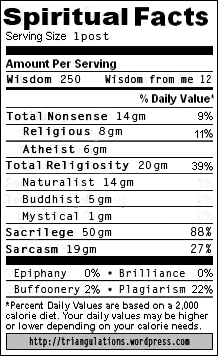



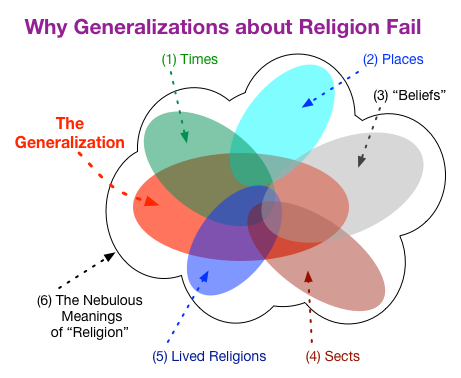


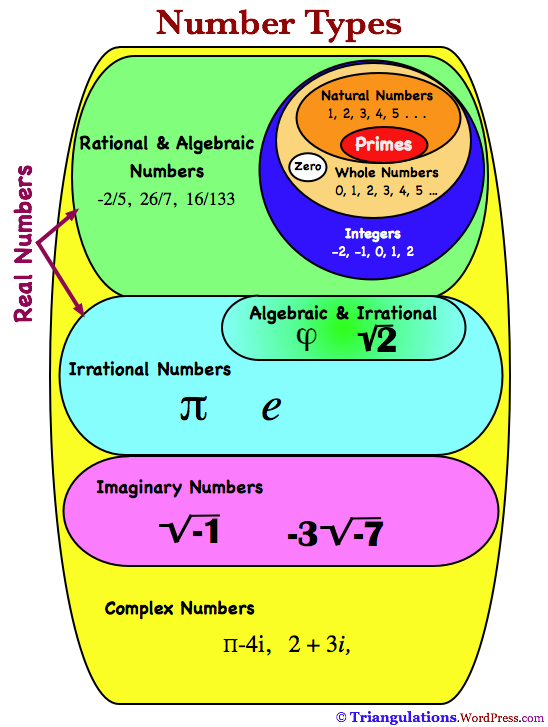


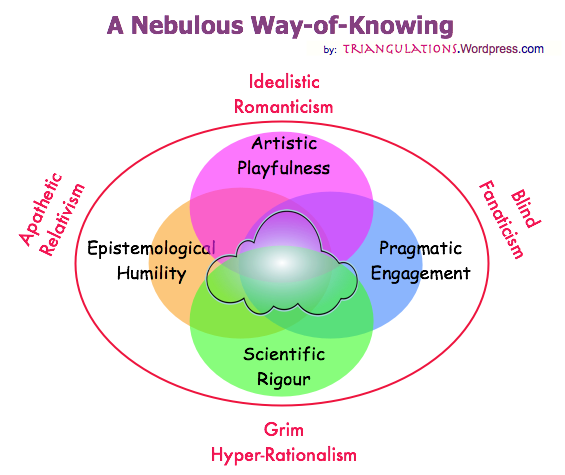






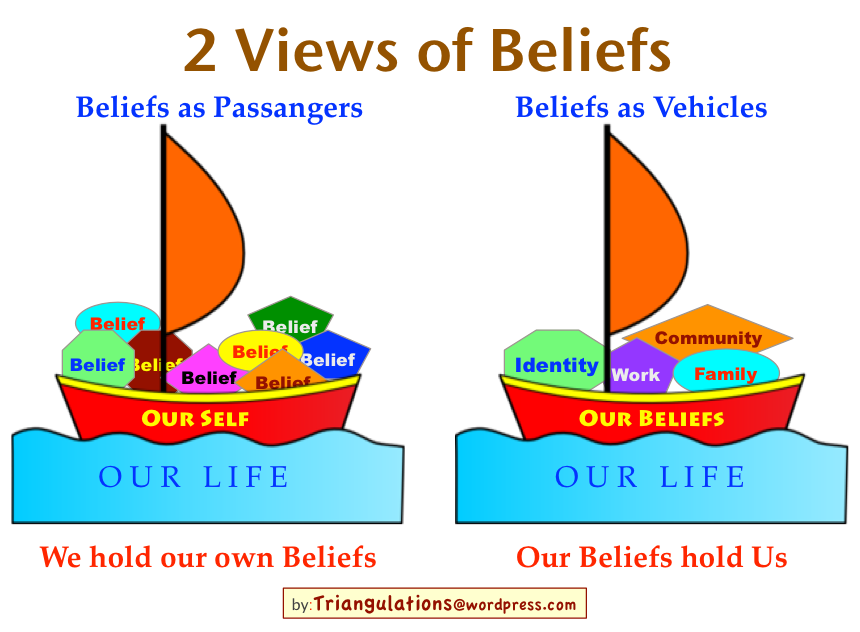







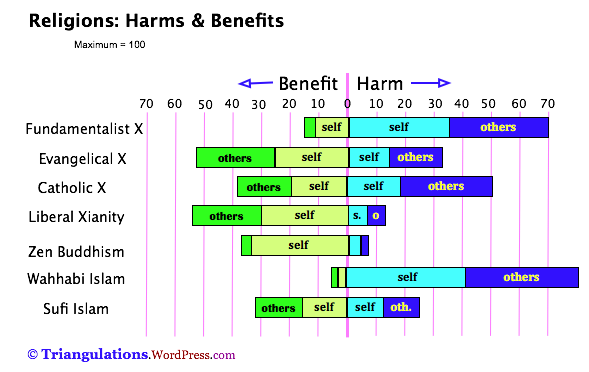



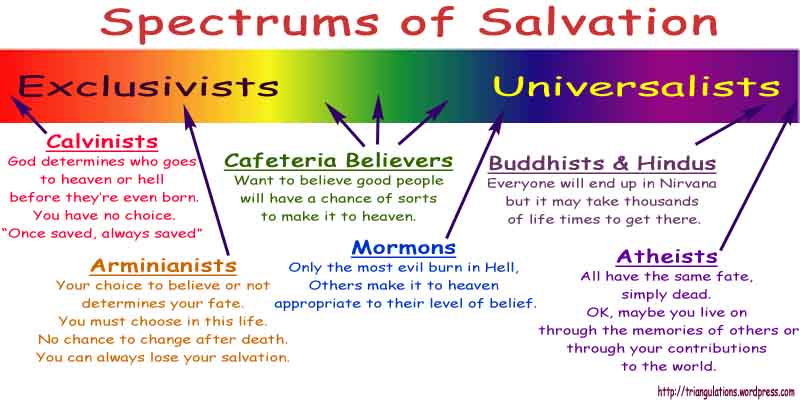




I do enjoy the gospel of John. There are plenty of treasures out of the mouth of Jesus. All four give us a wonderfully complete picture of of events that occurred 2000 years ago.
Many years ago a fellow student persuaded me to read John’s Gospel. He ‘guaranteed’ that by the time I had finished I would have seen the light and converted to Christianity. As it happened, I was at the time reading Richard Dawkins’ ‘The Selfish Gene’ which had only recently been published, so each night I would tuck myself up with these two unlikely bedfellows and read first a bit of one and then a bit of the other. I’m afraid I found Richard’s Gospel by far the more interesting and inspiring and was still struggling with John long after I had finished with the good professor. I did finish John in the end, but my friend’s guarantee must have expired by then because the light never shone for me. It was many years before I picked up a Bible again and I’ve never managed more than a few paragraphs before having to put it down.
Mike and Leon have very different experiences with the same book. I have heard similar experience differences with those reading the Qur’an, the Bhagavad Gita and other religious texts. Some buy in, others can’t.
Well written Mike, have you tried Mark’s gospel?
Leon, have you ever read non-Christian authors who point out the difficulties of the Gospels stories and contend that they are not “a wonderfully complete picture of events that occurred 2000 years ago.” In fact, a great deal is missing — Jesus’s whole childhood, for example.
OK, here is my wet blanket theory on John. What the data may be showing is not the quality of the literature, but purely the number of hits. My guess is that people do not routinely “read” the bible online. Rather I think the web gets used more as a reference tool. If that is the case, what scripture appears in public the most? Yep, it is the ubiquitous John 3:16.
I am curious, does you data show specific passages or just the books as a whole?
@ Ben,
Well, I certainly agree that it is not the quality of the literature. I also agree that people don’t read the Bible much on line. My search shows web pages that say “The Book of John” — that is, pages that talk about the gospel. But I think you are right , “John 3:16” probably is a big source. Let’s see: 34,900,000 pages — wow, that is way more than have “The Book of John”. Of those, only 127,000 have the phrase “The Book of John”. Hmmmm!
I like Ben’s theory, which is more or less what I was thinking. An alternative explanation is that John’s gospel gets more study because it’s long and full of theology and editorial comment. In contrast, Mark is definitely the most straightforward of the gospels, as well as the shortest. Back when I was confirmed, we worked through it with my rector, who described it as “the one with the least guff in it.”
He’s quite senior in the church now – make of that what you will!
To me, Mark seems like the first draft of a cohesive Gospel, version 1.0. Matthew and Luke are the next generation, 2.0 and 2.1. With there being so little unique content in Mark, it makes sense to concentrate on the later versions, and so Mark’s popularity suffers, like the popularity of vehicles from ten years ago.
I, too, am surprised at John’s very significant priority in popularity. As I’ve speculated in my commentaries, I suspect it is because of the juicy tidbits, such as John 3:16, the truth will set you free, I am the good shepherd, etc. I’d suggest this loosely derived guess as well: that while the Synoptics offer actions and teachings of Jesus, they are somewhat mechanical, so John’s Gospel (despite his tortured use of the language and logic) offers more of an emotional connection – both to Jesus, and to the other players involved.
Oh, and I forgot to mention, I think you are right about the amalgam perspective, but I would offer that this view could persist even with study of all of the Gospels, because a believer is taking these texts as “the Gospel truth,” and so have no motivation to parse out differences instead of mentally harmonizing them all.
Sabio, I’ve picked at all the gospels at one time or another but I don’t remember anything about Mark, I’m afraid. Occasionally I feel a little guilty at my ignorance and try again but I can never seem to get very far. As a child I rather took against Jesus. At Sunday school we had an illustrated book of stories from the Bible and I recall Jesus looking a bit like my headmaster, with fierce, disapproving eyes. I had the feeling he wouldn’t have liked me very much because I was a very naughty boy and my sins were manifold. I didn’t like his speciesist attitude to sparrows either.
@Recovering Agnostic:
Yeah, I don’t think length or amount of theology influences things. Instead, it is the type of theology — “A Pretty Jesus”. You are right, the gospel of Mark is probably much less modified.
@ TWF:
You said the synoptics are “somewhat mechanical” compared to John. That was a great choice of wording.
Concerning the “amalgam” view, have you read my post on “The Homogenized Bible“? (I hope you enjoy the graphic I made)
@ Mike:
Poor sparrows, I agree. 🙂
@Sabio
I just read your “The Homogenized Bible” post. It had pre-dated when I was introduced to your blog.
First, much to your dismay, I’m sure, but I’ll just say that I drink skim milk, myself. :-p
Anyway, great post, and excellent discussion afterward! John Barron seems like an interesting chap. I always find it interesting when someone is well read and receptive to input from diverse sources, yet comes to a different conclusion. It’s even more interesting when you find their mental hiccups which lead them to their conclusion.
I also followed the discussion links to your “NT Sources & Translations” and “Translations Pathways” posts. Very impressive! I am pretty weak in my Bible evolution knowledge, as I’ve focused primarily on doing what I could with the book we have today. Anyway, I’ll be going back to those two when I have a little more time to absorb them.
I was thinking of ways of improving the methodology and excluding false positives. The obvious thing that came to mind in this case was to specify gospel, not book. Some additional data on that basis:
“Gospel of X”:
Matthew 1,370,000
Mark 1,280,000
Luke 1,300,000
John 4,180,000
“X’s gospel”:
Matthew 484,000
Mark 529,000
Luke 478,000
John 955,000
Using this approach, it looks as if there is something different about John, but all the others are much of a muchness. Interesting.
@ Recovering Agnostic,
Great idea — I added the data and re-did the graph. Thanks for the footwork and for getting behind the idea. The additional data helps! Thanks.